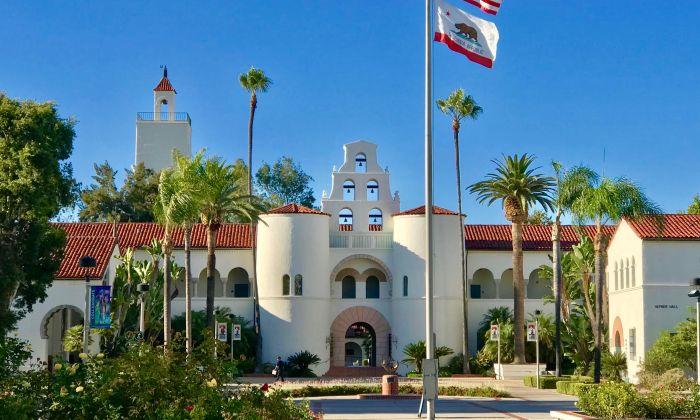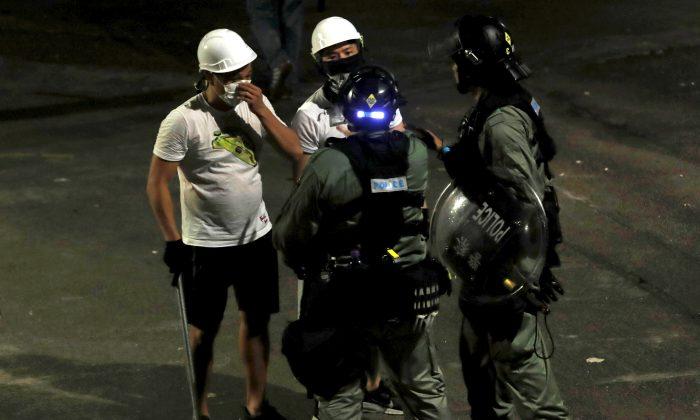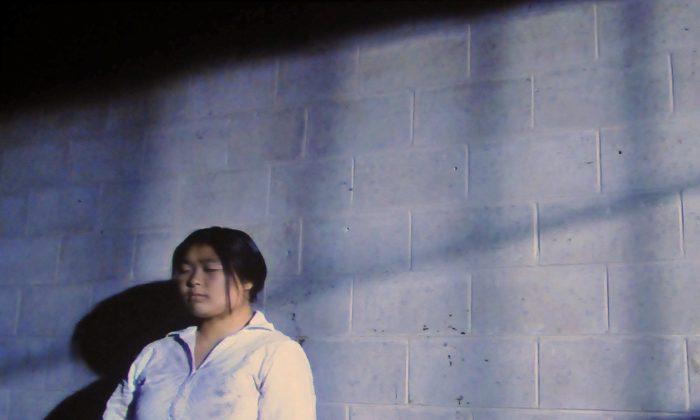The execution and public humiliation of 15 men sentenced to death in a single day in Changsha City, the capital of southern China’s Hunan Province, has sparked controversy among the Chinese public.
The fifteen men were sentenced to death for allegedly carrying out crimes of murder, robbery, and an explosion at a branch office of the Changsha municipal office of State Administration of Taxation on June 30, 2010. According to Chinese media, they were “criminals who seriously endangered public security.”
Their sentencing was announced at a public assembly on Dec. 29, 2011 at a stadium of Hunan University in Changsha. The men were put on display and paraded around the stadium, which was “packed with people from all walks of life,” before being taken away for execution, Chinese media reported.
Local authorities said they held the assembly to “strike hard on criminal activities.” However, the spectacle drew strong public criticism.
A Chinese scholar, who asked not to be named, told The Epoch Times: “The death penalty is a heavy sentence that should be handled cautiously. How could 15 death sentences be handed down and carried out on the same day?”
Changsha human rights lawyer Tang Jitian told independent Chinese television networks, New Tang Dynasty (NTD) TV, that the authorities organized the event for publicity. But parading prisoners around in public is a violation of the law and of the rights of prisoners and their family members.
“This is similar to the class struggle movements of the past, which pursued revenge and punishment. However, the carrying out of punishment should demonstrate protection of human rights, rather than going after a temporary sensational effect,” Tang said.
“Parading prisoners in public is an intimidation of the people and trampling of the law,” one posting with close to 10,000 page views on a popular Internet forum said.
A blog, titled Changsha’s Overnight Return to the Great Cultural Revolution Era, said: “Public trials and parading of prisoners is incompatible with a civilized society that implements the rule of law, but they have become increasingly frequent [in China] over the past few years.”
Blogger Xiaohe wrote, “It is bad enough to parade prisoners in public, yet they even did it on a college campus.”
Photos published on Chinese media showed all 15 prisoners wearing a scarf around their necks. One blogger wondered, “Was there something inside [the scarves] to restrain their necks so they wouldn’t cry out for justice?”
Another blogger asked, “How come no corrupt officials were executed?”
Estimates of executions in China run in the thousands to tens of thousands annually.
According to an Amnesty International 2010 report, the Chinese regime executes more people each year than the rest of world put together, but does not make its numbers public.
Amnesty’s Claudio Cordone said, “No one who is sentenced to death in China receives a fair trial in accordance with international human rights standards.”
A disturbing side to the large number of executions in China is organ harvesting from executed prisoners. China has admitted to harvesting organs from condemned prisoners, but very little about the practice has emerged in the press. Executed prisoners are believed to account for two-thirds of all transplants, according to an article on bioedge.com.
David Kilgour, a former Canadian MP and David Matas, a prominent human rights lawyer, allege in their independent investigation reports and a book called Bloody Harvest, that tens of thousands of captive Falun Gong prisoners of conscience have been executed, their organs harvested for sale to Chinese patients and so-called “transplant tourists.
China’s organ transplant industry has experienced a boom, with very short organ procurement times advertised on Chinese hospital websites shortly after 1999, the year the persecution of Falun Gong in China began.



